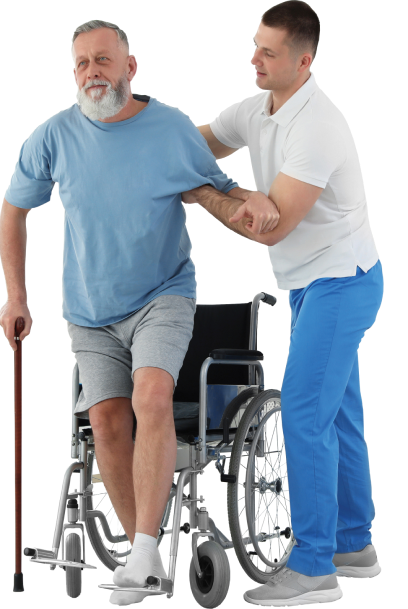The city says a now-viral video shows a public health inspector ruining a street vendor’s unsafe food so it couldn’t be sold.
DENVER — The City of Denver says an employee seen in a viral video pouring bleach into a street vendor’s food was taking an “extreme” measure in response to extreme and repeated violations of the public health code.
The video circulating on social media is from an enforcement action Saturday against the street vendor Tacos Tacolorado at Colorado Boulevard and Evans Avenue. In the clip, a Denver Department of Public Health and Environment (DDPHE) employee is seen pouring bleach into food containers at the taco stand. The footage has spread widely and led to online condemnation of the inspector’s actions.
“This kind of enforcement is never our first step,” said DDPHE spokeswoman Emily Williams. “It does look extreme, but the situation itself is extreme.”
According to Williams, Tacos Tacolorado had been repeatedly cited for operating without a license and repeated food safety violations. Records reviewed by 9NEWS indicate the food stand was operating in violation of multiple cease-and-desist public health orders issued by the city.
Williams said the inspector took steps to “denature” the food — or render it unable to be sold and consumed — after food stand employees attempted to retain more than 100 pounds of meat following a failed inspection. She said inspectors would typically throw unsafe food into the trash in a restaurant setting, while taking steps to render food unusable if they suspected the business would reuse it.
According to DDPHE, Saturday’s inspection found that Tacos Tacolorado was using a trash can filled with contaminated water as a hand sink, was keeping cooked meat at 54°F and 82°F instead of the required 135°F and had raw meat sitting in cardboard boxes on a table rather than in cold storage.
According to Williams, employees at Tacos Tacolorado refused to destroy the unsafe food and “took approximately 100 pounds of pork and several pounds of chorizo into a locked box truck and wouldn’t unlock the truck for investigators.”
An inspection report provided to 9NEWS indicated Tacos Tacolorado was cited for nine separate food safety violations on Saturday. Williams said all actions taken by the DDPHE employee seen on camera followed city policy.
9NEWS spoke with Isidro Garcia Barrientos, who identified himself as the food stand’s owner, by phone. He said he was working on getting permits to operate the food stand legally.
According to Garcia Barrientos, the DDPHE employees were not wearing badges or IDs during the inspection. The video shows that the DDPHE employees were wearing shirts with the agency’s name and logos, as well as badges on lanyards.
Garcia Barrientos claimed that the city had not contacted him about prior food safety issues.
“All of our interactions have been with staff onsite, with the expectation that they pass along the information to the owner,” Williams said. “Getting in touch with the business owner can be challenging when there is no business license.”
According to Williams, outreach and enforcement actions were conducted in Spanish, the language spoken by the workers on-site.
Williams said that DDPHE was able to obtain contact information from another health department that had contact with Tacos Tacolorado and passed along the inspection reports and cease-and-desist order by email and mail. Those communications were provided to 9NEWS by DDPHE for review.
“We’ve been engaging with this vendor for several weeks now,” Williams said. “It feels extreme, but also the violations in this case were extreme.”
El Paso County Public Health told 9NEWS that Tacos Tacolorado has also been operating in El Paso County without a license. EPCPH said its employees talked with Tacos Tacolorado about obtaining a license to operate legally, but the vendor has not taken steps to do that.
The Adams County Health Department said it was told Tacos Tacoloado may be operating in Adams County and is investigating, along with the City of Aurora's Code Enforcement Division.
Jefferson County Public Health told 9NEWS that Tacos Tacolorado was also operating in Jefferson County without a retail food license and was ordered to stop, which they did. JCPH said the owner did not accept help to get a license to sell the food legally.

 720-619-2927
720-619-2927




 Service Areas
Service Areas























